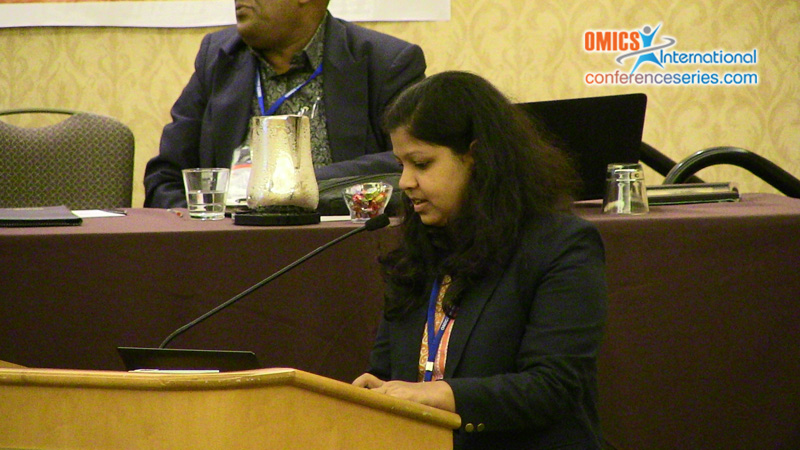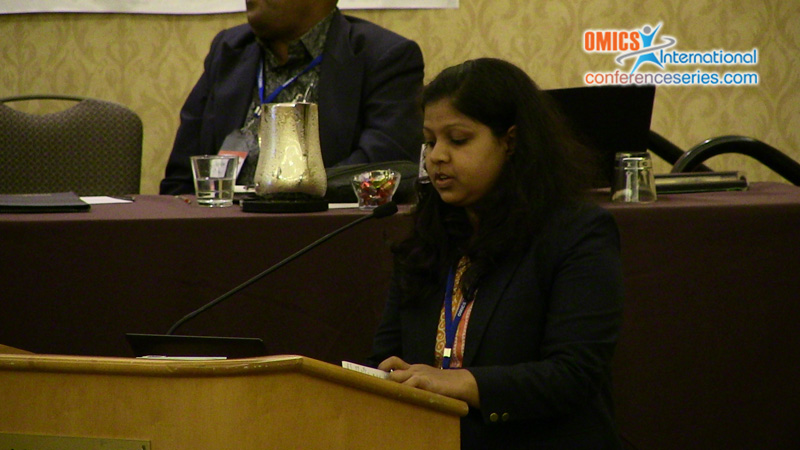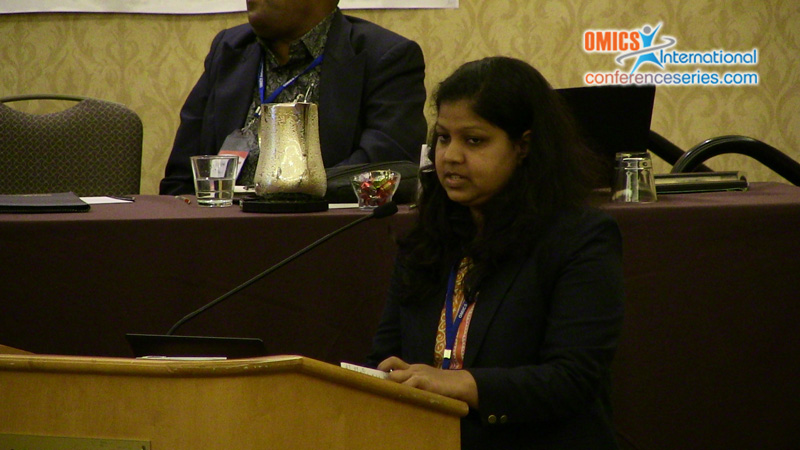
Smruti Rekha Sahoo
IIT Kharagpur, India
Title: Paleocurrents and paleohydraulics of proterozoic kolhans vis-a vis proterozoic crustal dynamics: A case study from the chaibasa-noamundi basin, Jharkhand, India
Biography
Biography: Smruti Rekha Sahoo
Abstract
Detailed paleocurrent and paleohydraulic analysis of fluvio-deltaic Proterozoic Kohan siliclastic unit provides insight into the nature of fan-delta deposition and allows reconstruction of paleogeographic and paleoclimatic conditions within an intracratonic basin. The fan-delta exhibits a complex stratigraphic architecture of fluvio-deltaic lithofacies (15-20 m thick) regionally extensive and deposited during a basinal subsidence that temporarily interrupted coarse grained fluvial-deltaic deposition. The azimuth reading of cross bed and preferred grain orientation of different lithofacies indicate at least two major paleo-flow systems - north-westerly and north-easterly directions. An expansion of braided channels may be present which result in the formation of multilateral and multistoried sandstone bodies. As channels become poorly defined, unchannelized sheet floods also become a dominant process on the distal part of the fan surface producing flat to low-angle planar and tabular cross-stratified sandstones. Local presence of tide and storm generated features are indicative of superimposition of retrograding shore-line features on earlier prograding alluvial fan-sandflat complex. The fluvio-deltaic Proterozoic sedimentation followed emplacement of basic dykes indicating thermal rejuvenation of the continental crust. The allochthonus Iron Ore Group fold belt in western Kolhan basin point to craton margin crustal convergences which punctuated the Paleoproterozoic sedimentation. Partial development of carbonate bearing sequences in the Kolhan successions point to peneplanation of the cratons and stable platformal sedimentation.
Speaker Presentations
Speaker PDFs
Speaker PPTs Click Here




